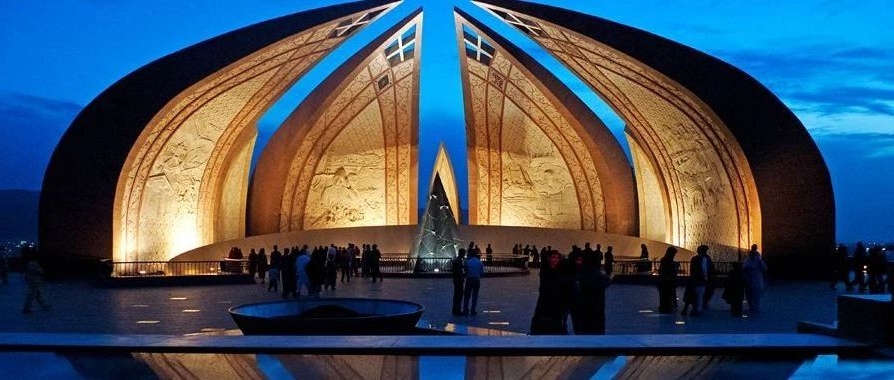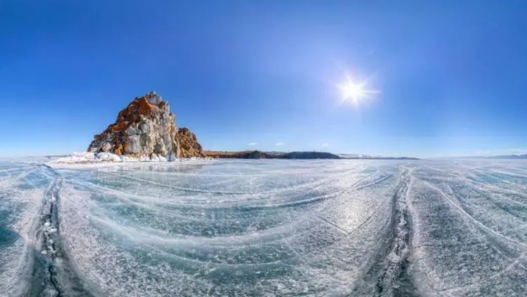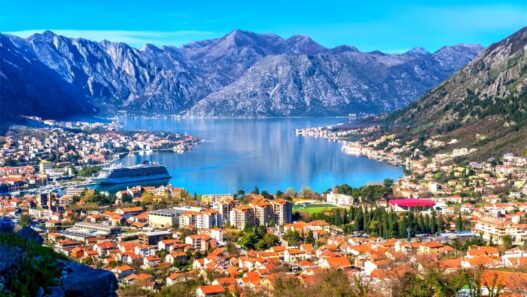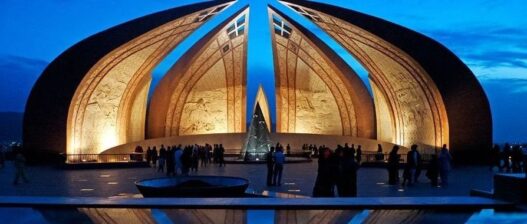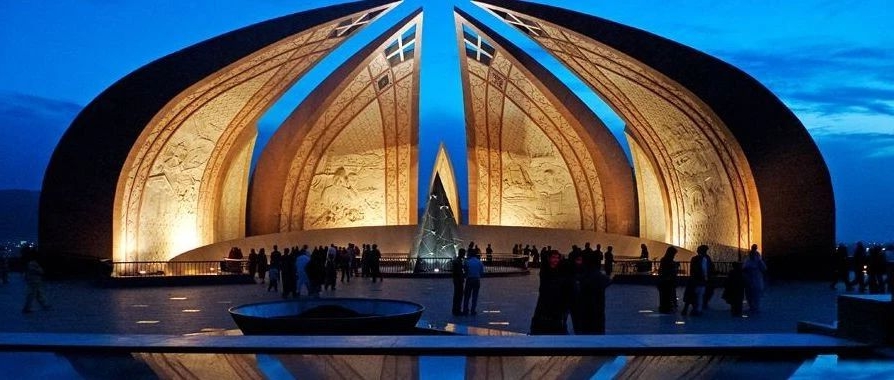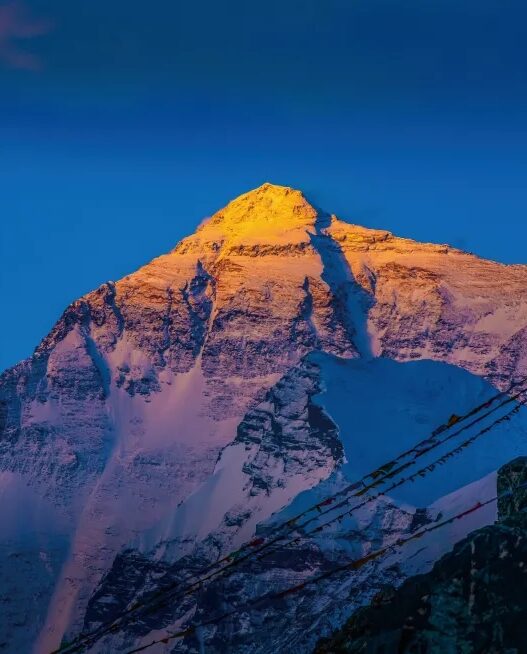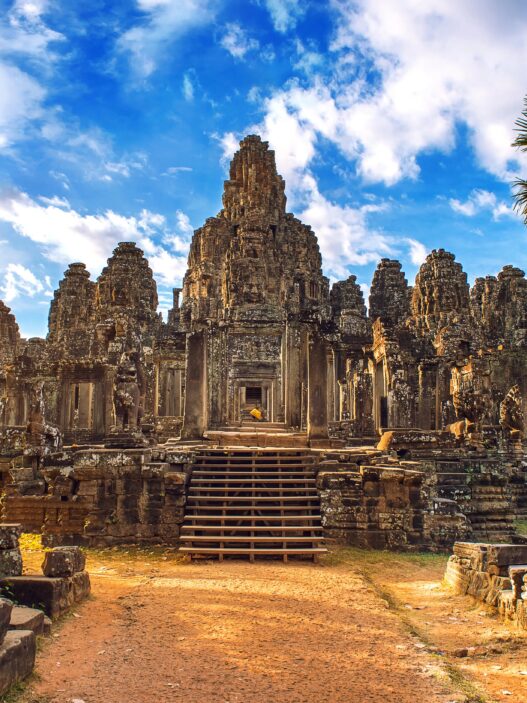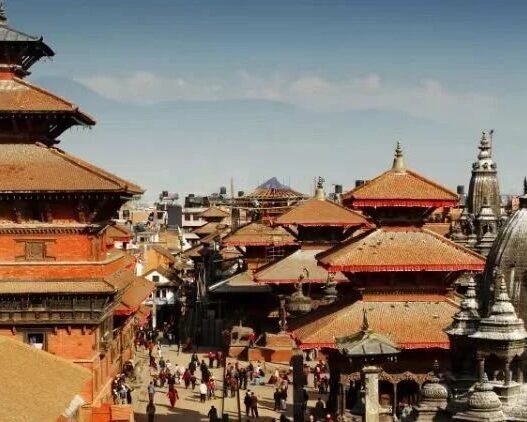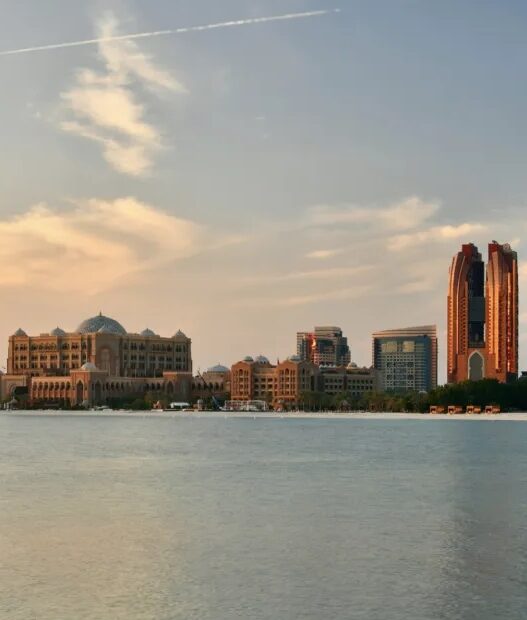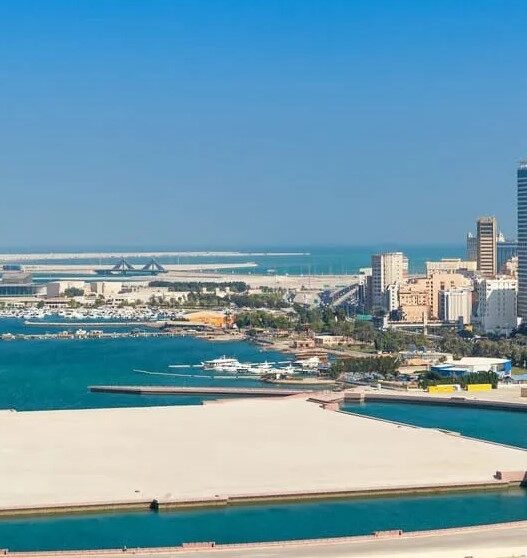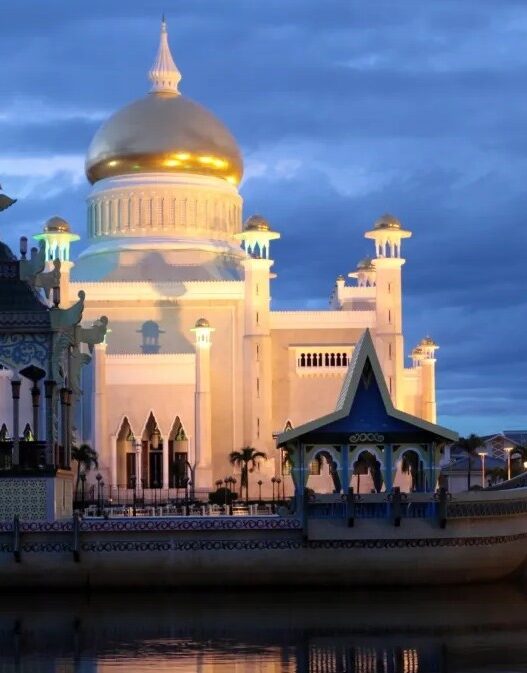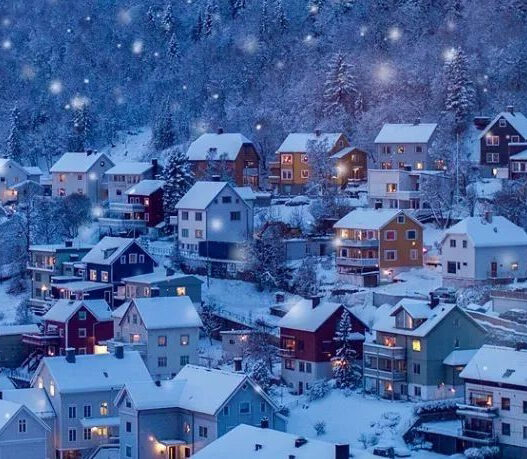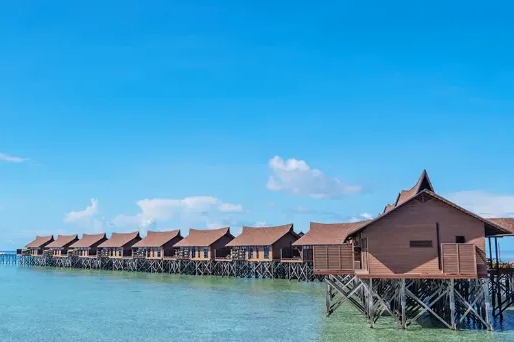Pakistan, once recognized by Lonely Planet as one of the “Top Travel Destinations for 2024,” owes its appeal not only to its unique climate and diverse landscapes but also to the captivating fusion of cultures that has shaped its rich historical and human tapestry.
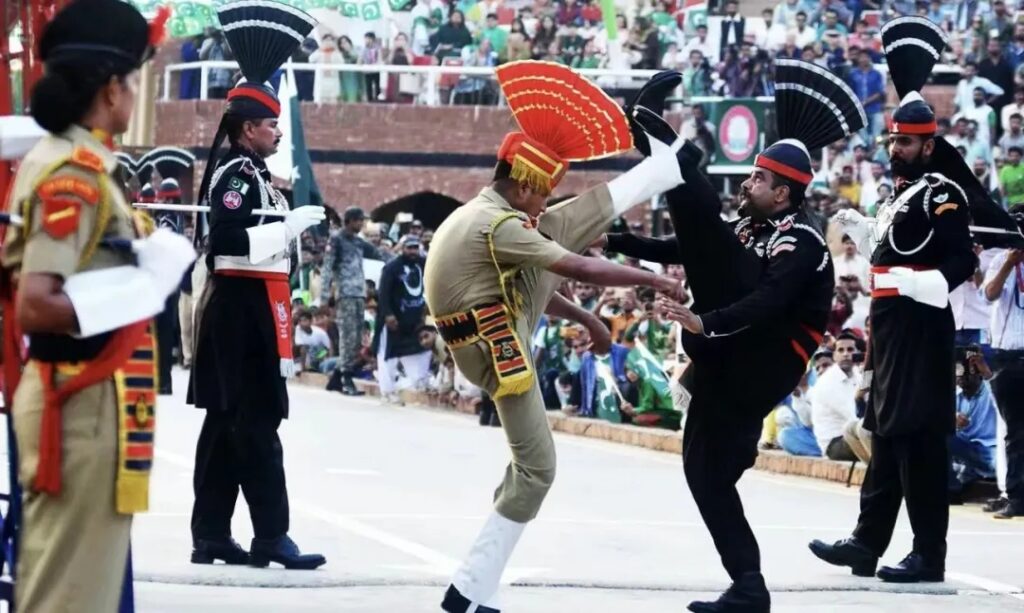
Top 10 Tourist Destinations in Pakistan
Badshahi Mosque
Located just outside the walled city of Lahore, the Badshahi Mosque, a masterpiece of the late Mughal era, was built over three years during the Mughal Empire. Its grand red sandstone walls, extending like embracing arms, enclose the mosque’s main structure. The red steps and marble floors create an oriental ambiance. A climb of 22 steps leads to a vast square courtyard, capable of accommodating 100,000 worshippers. A central marble pool, 16 meters square, provides a place for ablutions before prayer.
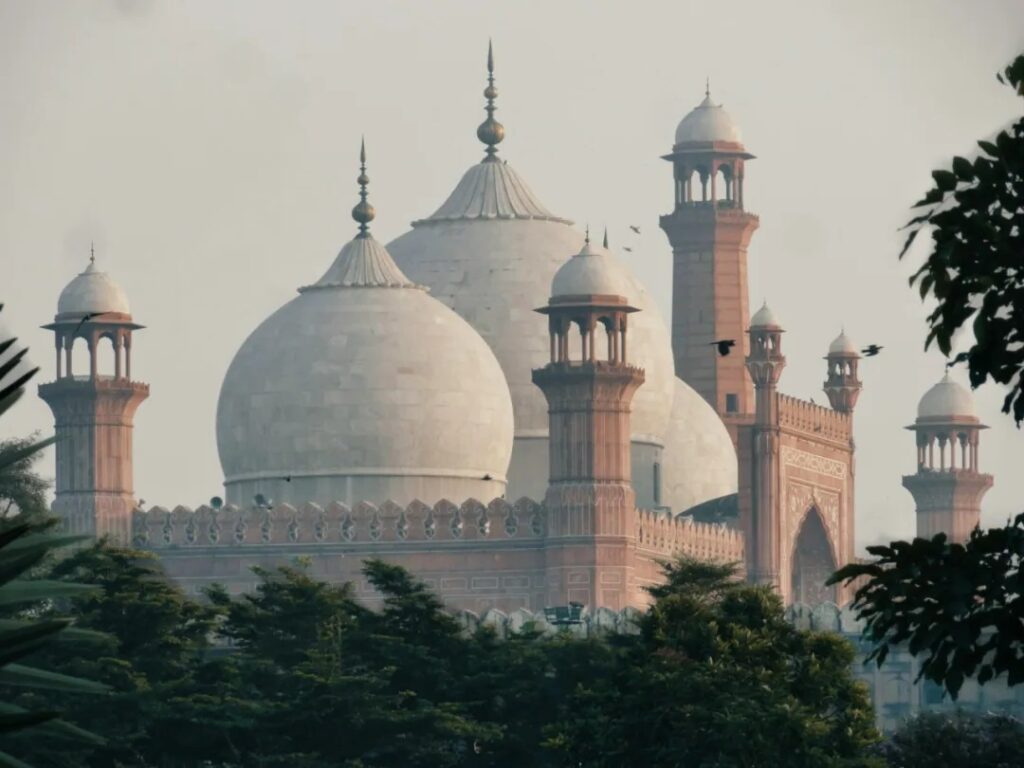
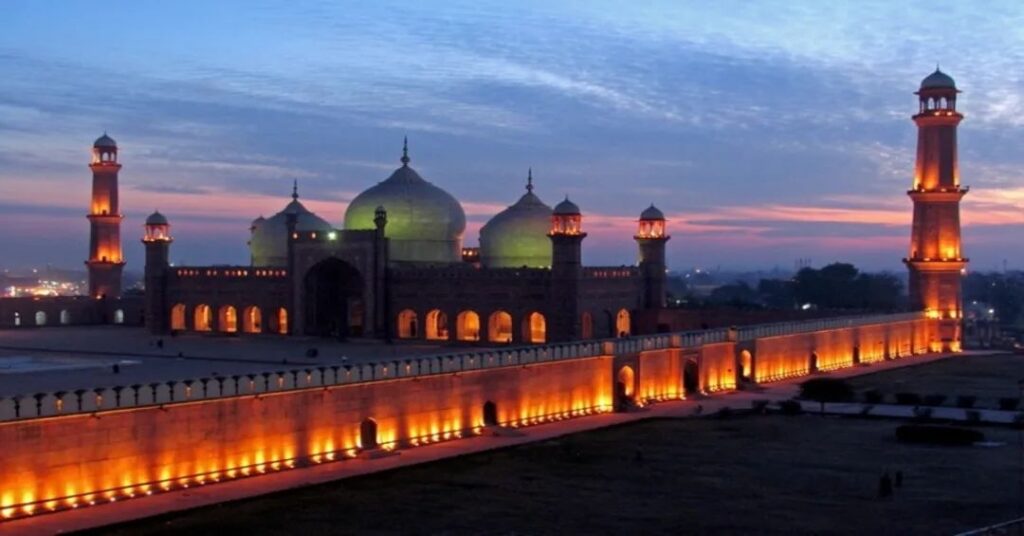
Lahore Fort
Situated in Lahore, north of the old city, the Lahore Fort, dating back to the 11th-century Ghaznavid dynasty, served as the royal palace. It’s the only structure in Pakistan that fully reflects the architectural history of the 17th-century Mughal Empire. The fort comprises palaces, a marble mosque, and a beautiful 0.2 square-kilometer garden. Celebrated as the “Heart of Pakistan” for its stunning Mughal architecture, this fort, originally a mud fortress from 1021 AD, is a must-see destination.
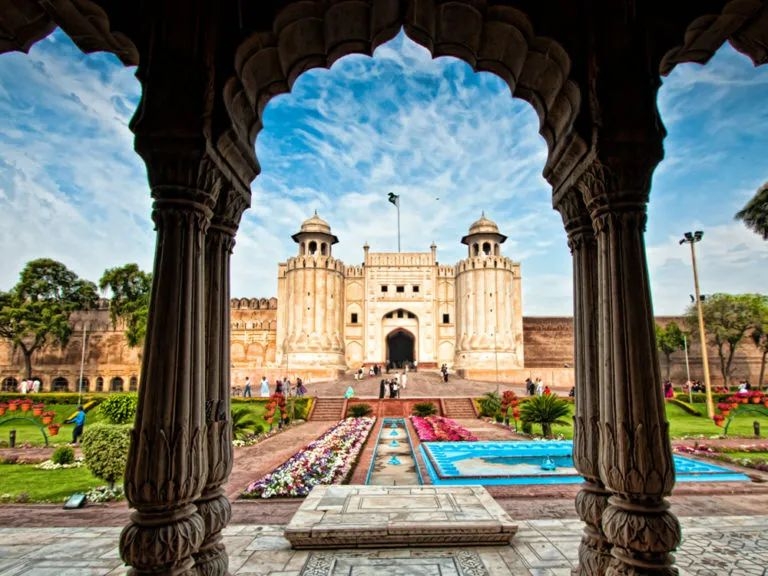
Faisal Mosque
The Faisal Mosque, located in western Islamabad, was built between 1982 and 1986. It is the largest mosque in Pakistan and among the largest in the world.
Spanning 189,705 square meters, it can accommodate 100,000 worshippers in its halls and courtyards, with space for another 200,000 in the surrounding plazas.
The mosque’s octagonal structure resembles a giant desert tent. Its exterior is finished in white marble, and the interior is adorned with mosaics.
The prayer hall is column-free, with four minarets supporting the weight. This creates a unique, solemn architectural design rich in Islamic cultural elements.
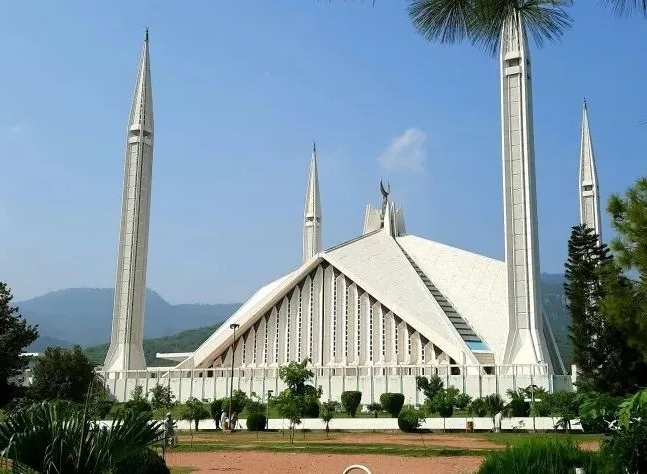
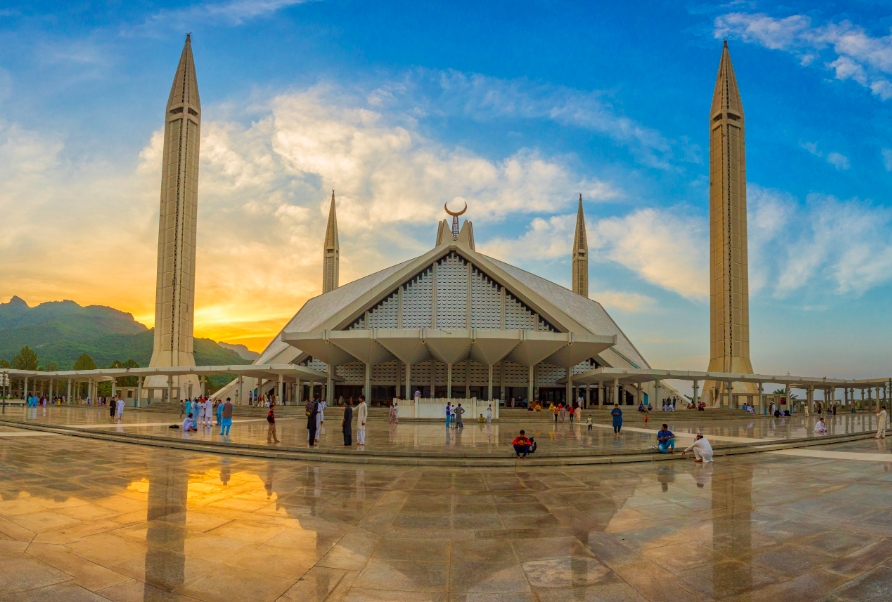
Margalla Hills National Park
Located northwest of Islamabad, the Margalla Hills are part of the foothills of the Karakoram Range. The Islamabad Wildlife Zoo lies at its base. A road leads to the famous Daman-e-Koh viewpoint, offering panoramic views of Islamabad. The Monal Restaurant at the summit provides a romantic setting for evening dinners with city lights below. There are seven routes to ascend the hills, including a road for vehicles or bikes and six hiking trails, the most popular of which are Trails 3 and 5.
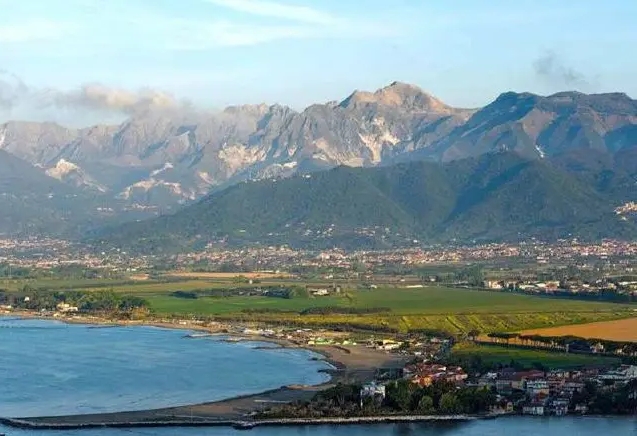
Lahore Museum
Situated on Shahrah-e-Quaid-e-Azam in Lahore, across from the Punjab University campus, the Lahore Museum is Pakistan’s largest, oldest, and most comprehensive museum. Established in 1864 and relocated to its present site in 1887, it has 17 galleries showcasing art, paintings, and artifacts, including 4000-year-old pottery carts, Gandhara era Buddha statues, early Qurans, carpets used by Mughal Emperors, and ivory carvings and porcelain with Chinese characters, symbolizing ancient trade between China and Pakistan.
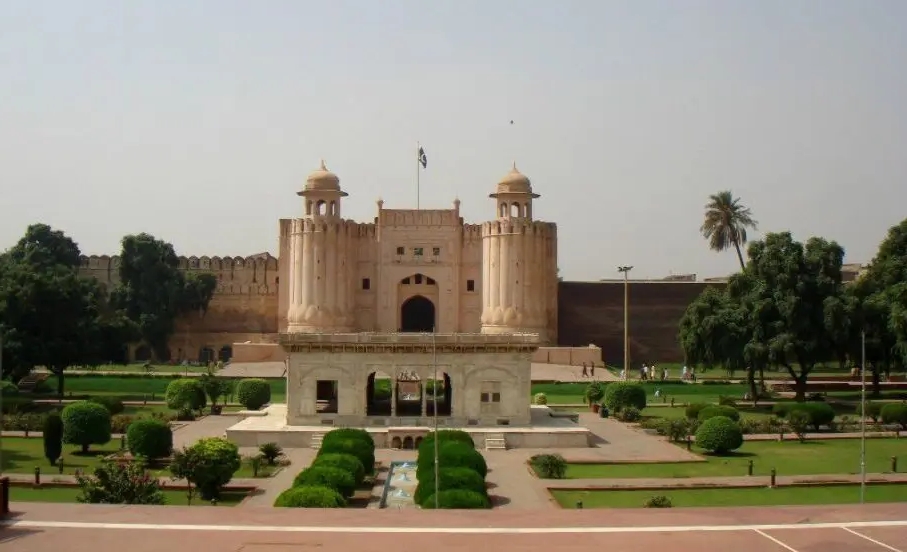
Clifton Beach
Located in suburban Karachi, Clifton Beach is Pakistan’s most famous beach. With its clean sands and tranquil, clear blue waters of the Arabian Sea, it’s ideal for sunbathing. Besides swimming, sailing, and surfing, it offers unique camel and horse rides, with beachside picnics being a popular activity. The Arabian Sea sunsets are also a spectacular feature of this popular coastal spot.
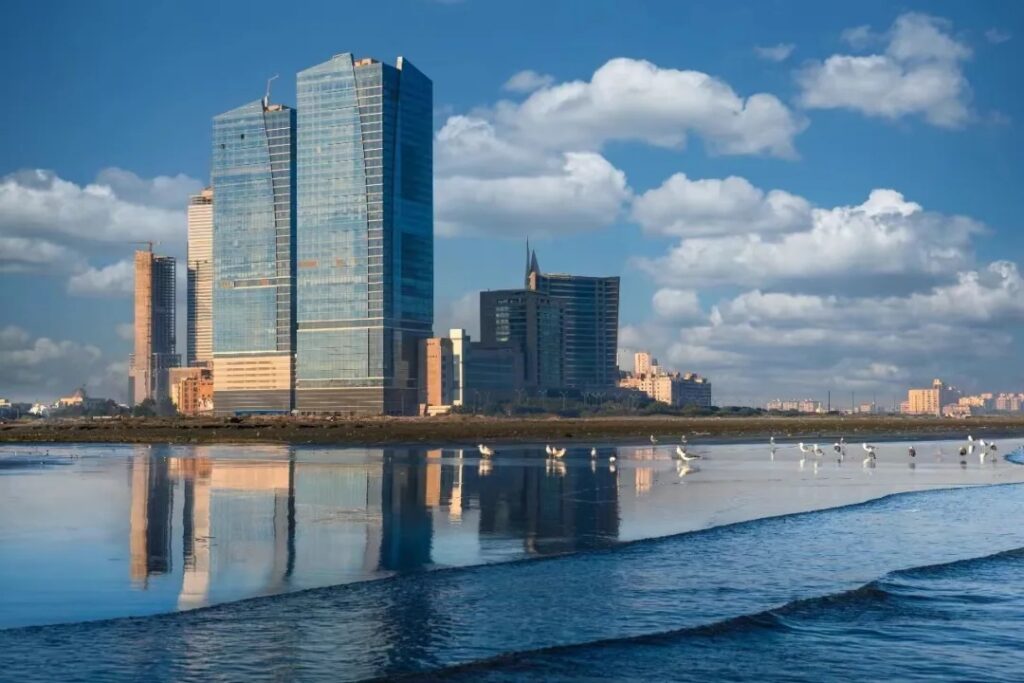
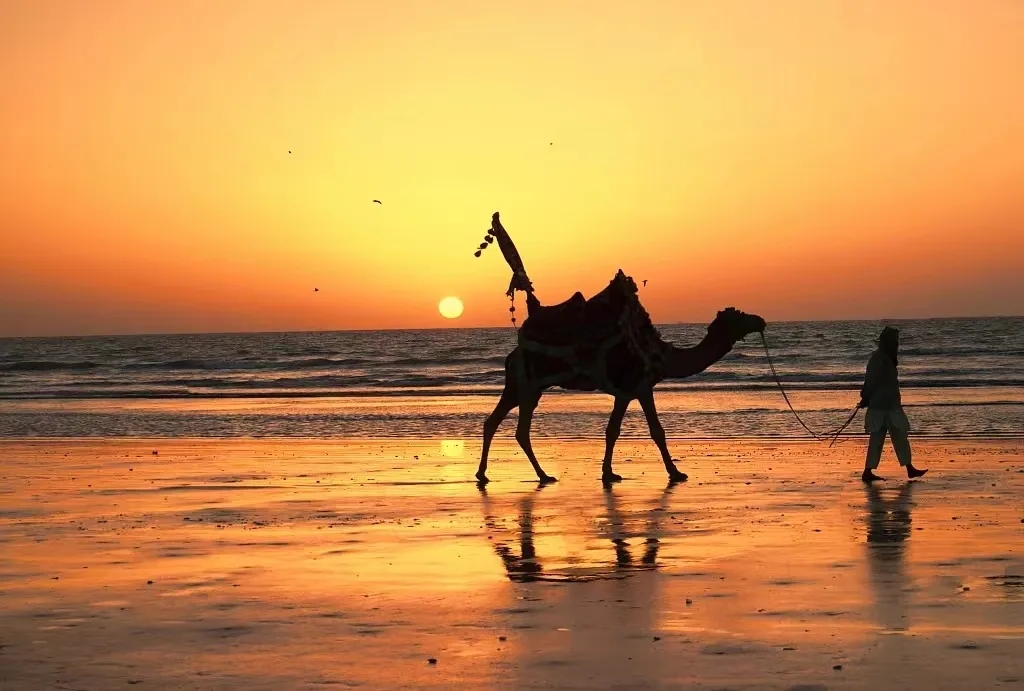
Rawal Lake
Located northeast of Islamabad, Rawal Lake is the largest freshwater lake in Pakistan and is regarded as the “Pearl of Pakistan.” Serving as a major water source for Islamabad and Rawalpindi, this scenic lake features a tranquil environment, clear water, and lush surrounding vegetation, offering a place for relaxation and connection with nature. Its north shore is home to a lake park offering activities such as boating, fishing, barbecuing, and rock climbing.
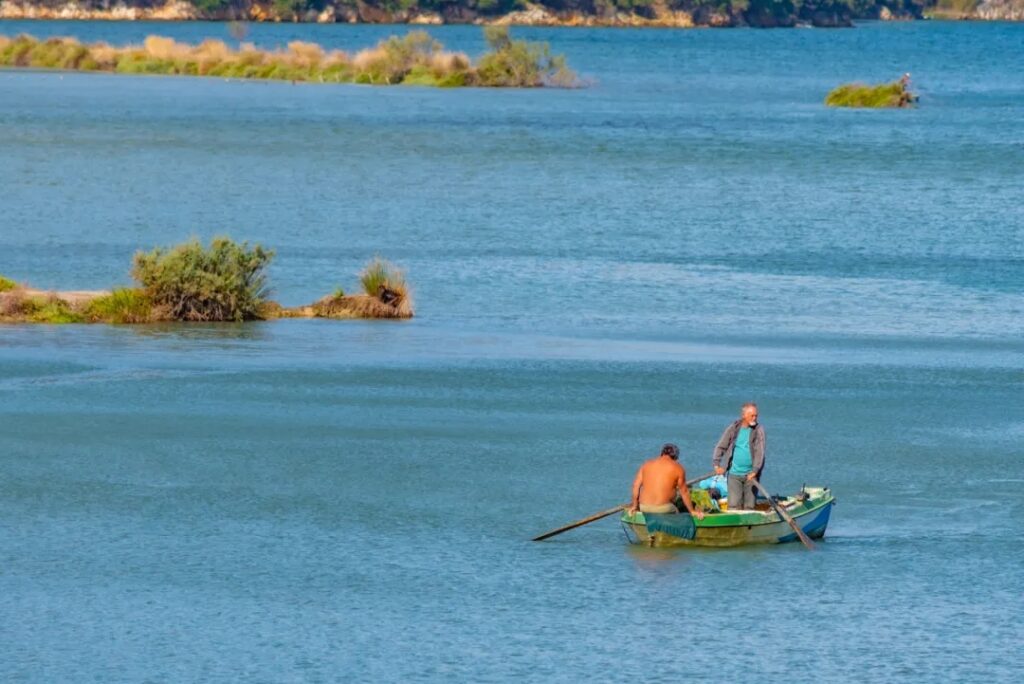
Taxila
Located about 50 kilometers northwest of Islamabad, the ancient city of Taxila boasts a 2,500-year history, with Buddhist relics dating back over 2,000 years. Covering 2,500 square kilometers, it was a center of Gandhara art and a significant archaeological site in South Asia. Chinese monks like Faxian and Xuanzang visited this area. Taxila’s ancient ruins are divided into three sections: Bhir Mound, Sirkap, and Sirsukh, along with stupas, monasteries, and cave ruins.
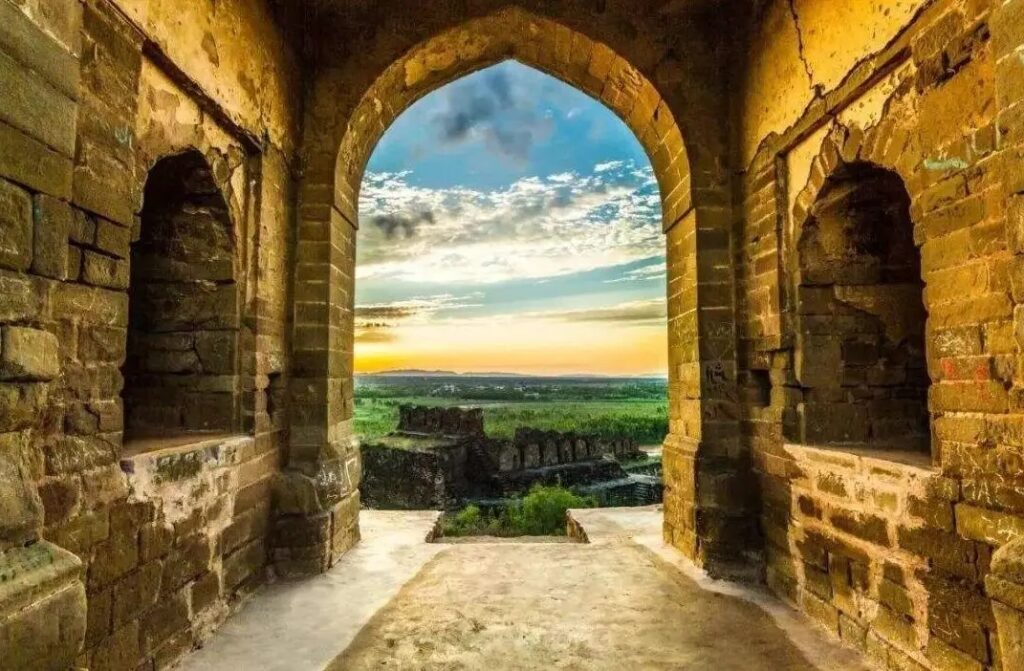
Hunza Valley
Located in the Gilgit-Baltistan region of northern Pakistan, the Hunza Valley is just 30 kilometers from Xinjiang, China, and is surrounded by four 7,000-meter snow-capped mountains. The narrow, sharp peaks of the Karakoram Range offer stunning close-up views. Inspired by the area, James Hilton wrote his world-renowned novel, “Lost Horizon”, referring to Hunza as “Shangri-La.” The valley’s glaciers and rivers are rich in minerals, contributing to the health and longevity of its people, making it one of the world’s five Blue Zones.
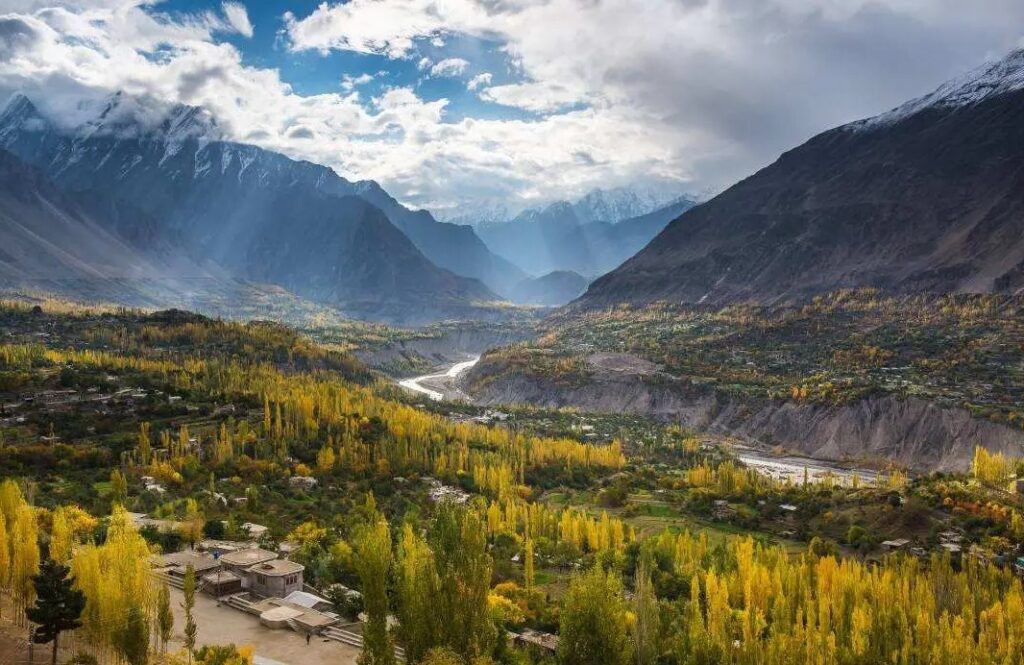
Pakistan Monument Museum
Located in the northwest corner of Shakarparian National Park in Islamabad, the Pakistan Monument was built during the Musharraf era.
Its elegant design features four large petals and three smaller ones. The four large petals represent the four major provinces of Pakistan: Punjab, Sindh, Balochistan, and Khyber Pakhtunkhwa (formerly NWFP). The three smaller petals symbolize the three territories: Northern Areas, Azad Kashmir, and the Federally Administered Tribal Areas.
A central five-pointed obelisk sits surrounded by the petals, forming a crescent shape with a star—the symbol of the Pakistani flag. The petals are adorned with carvings of local cultures, landmarks, and portraits of the nation’s founder Muhammad Ali Jinnah and poet Allama Iqbal.
The monument serves as a key site for patriotic education, with many students visiting, especially during holidays.
